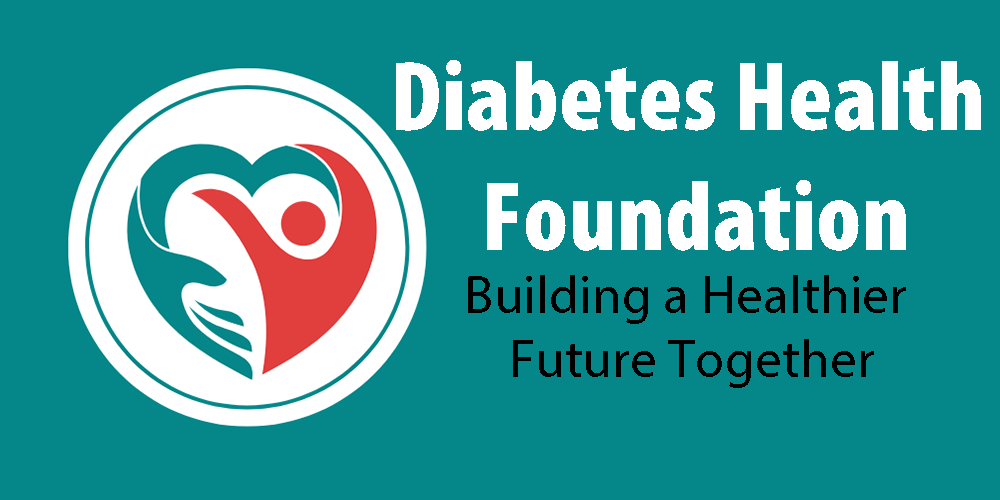Traditional Diagnosis

Traditional Diagnosis
One way to make a simple diagnosis is a random venous blood sugar over 200mg/dL. The diagnosis is established if the overnight fasting glucose is 126 or greater. Levels between 110 and 125 are elevated and need to be repeated. Glycosuria (Glucose loss or passage in the urine) is strongly suggestive of diabetes, however different people have different thresholds and thus a low renal threshold for glucose may lead to a false positive determination of diabetes.
The diagnosis is straightforward when the 2 P’s are present: polyuria (frequent urination) and polydipsia (drinking lots of fluids with continued thirst) and elevated blood sugar. There are conditions that cause polyuria and polydipsia like urinary infections, heart failure especially with nocturia (frequent urination at night). This does not mean these conditions are indicative of diabetes. They need to have an elevated blood sugar. Once the diagnosis diabetes is made, the condition continues, even if it is controlled with diet, weight loss and exercise.
The American Academy of Clinical Endocrinologists has set guidelines for target sugar levels for diabetes. The fasting blood sugar is under 110mg/dL. This means no food or fluids for 8 hours except for water. 2 hours after a meal is should be under 140mg/dL. The A1C should be under 6.5%. This is a blood test that is a marker for how the sugar has been doing over the last 2 to 3 months.
Diabetes can cause complications to all parts of the body. The most well known complications are disease of the kidneys leading to renal failure and dialysis, heart disease, eye disorders including blindness, elevated blood pressure.
Problems with Traditional Therapy of Diabetes
- Blood sugars are difficult to regulate and monitor
- There is a lag time in the release and use of insulin
- Different foods, activity, etc. change the blood sugar rapidly
- Tight control is difficult and does not stop the progress of complications
- Brittle diabetes is dangerous because of high and low sugars, etc.
- Low sugars have recently found to be frequent in almost all diabetics
- Better blood sugar control
- Proper hepatic metabolic activation
- Less incidence of brittle diabetes
- Controls more than just the blood sugar
- Prevents the formation of acids in the body and other harmful metabolites

